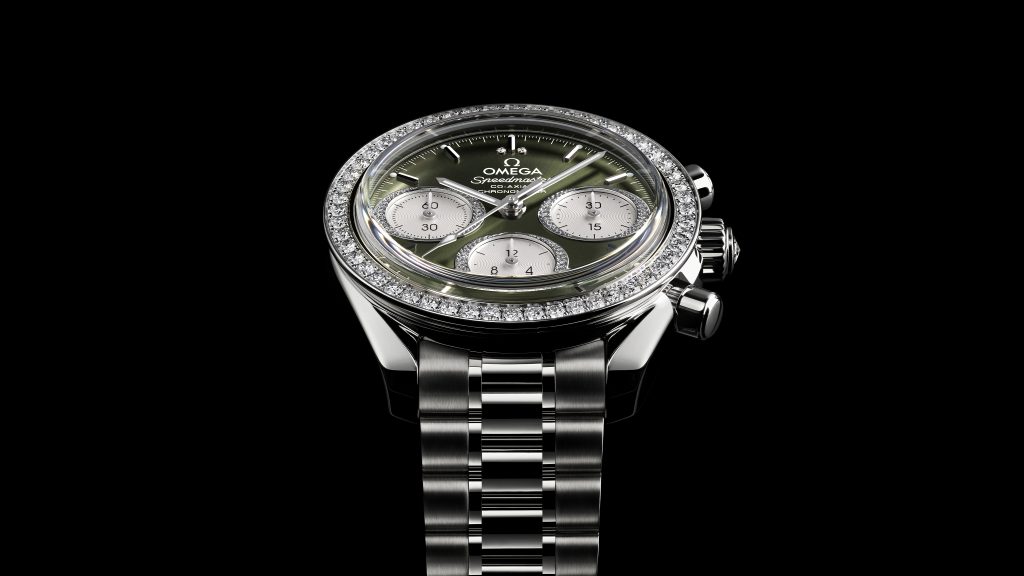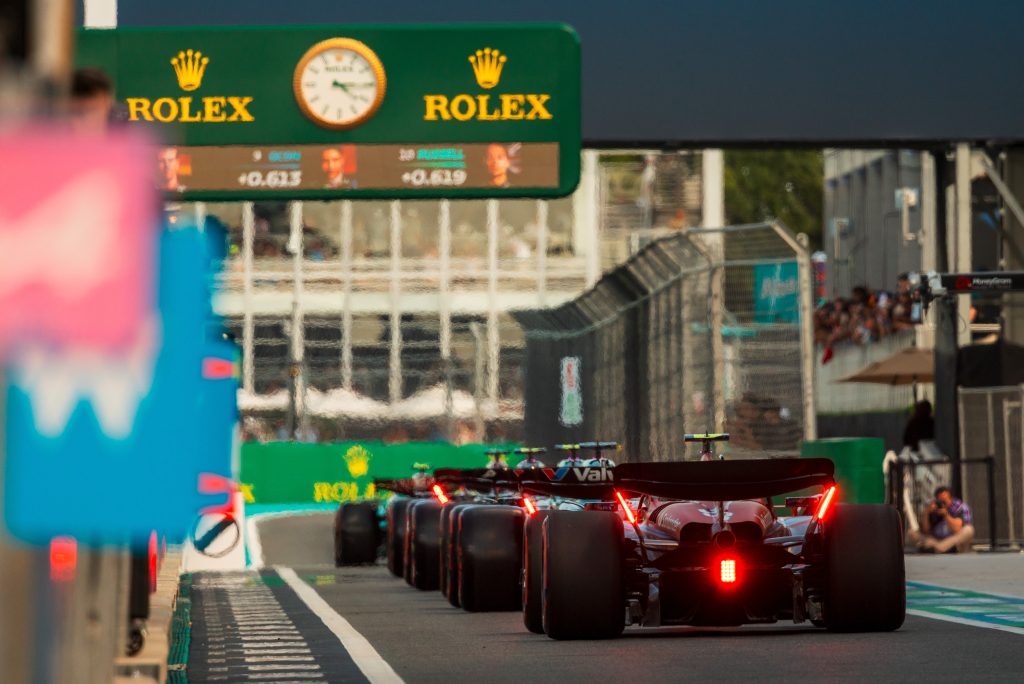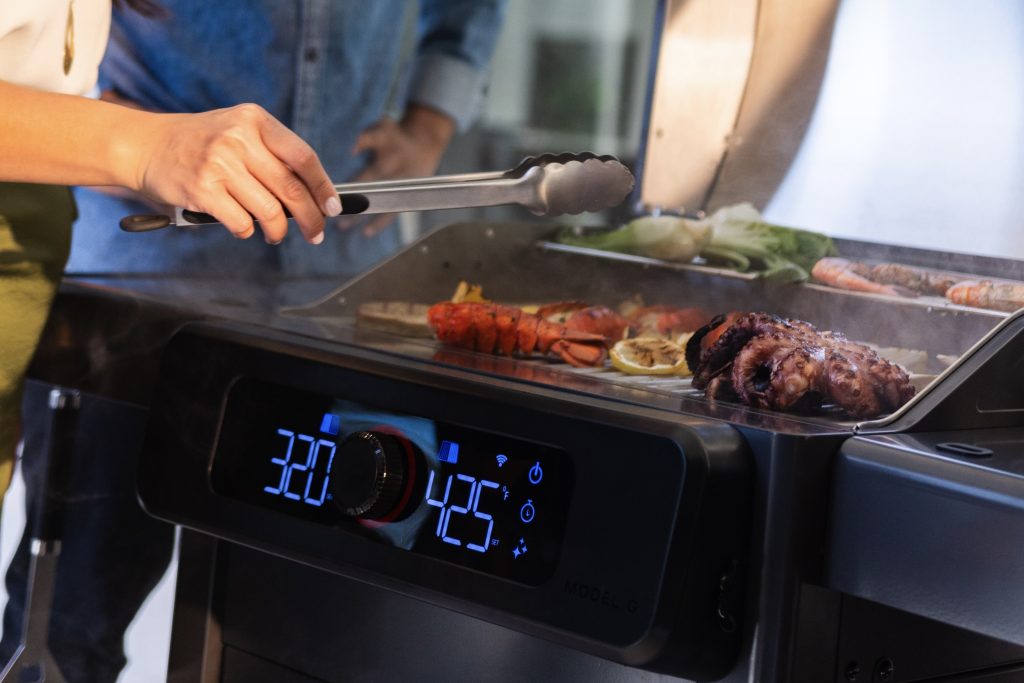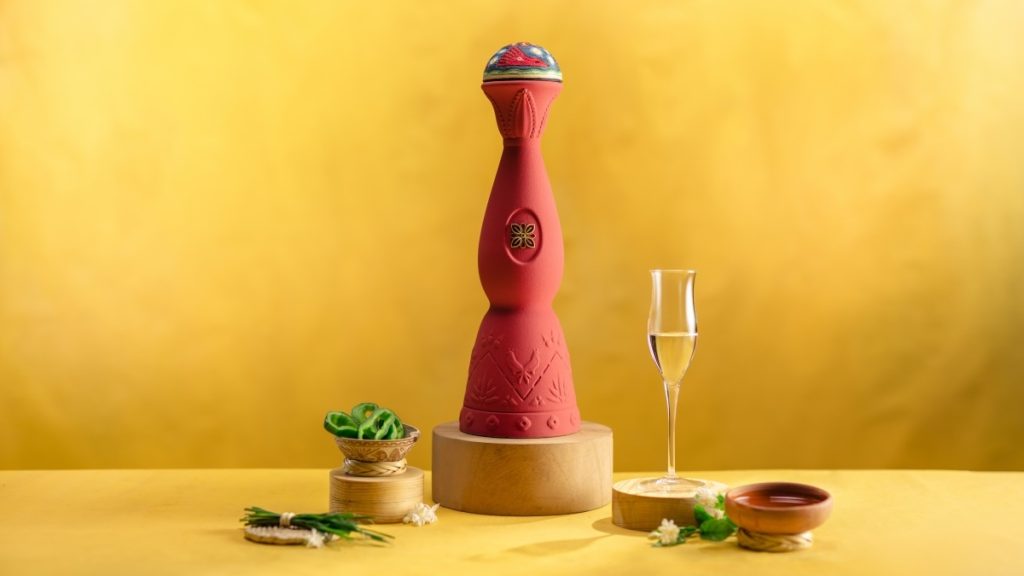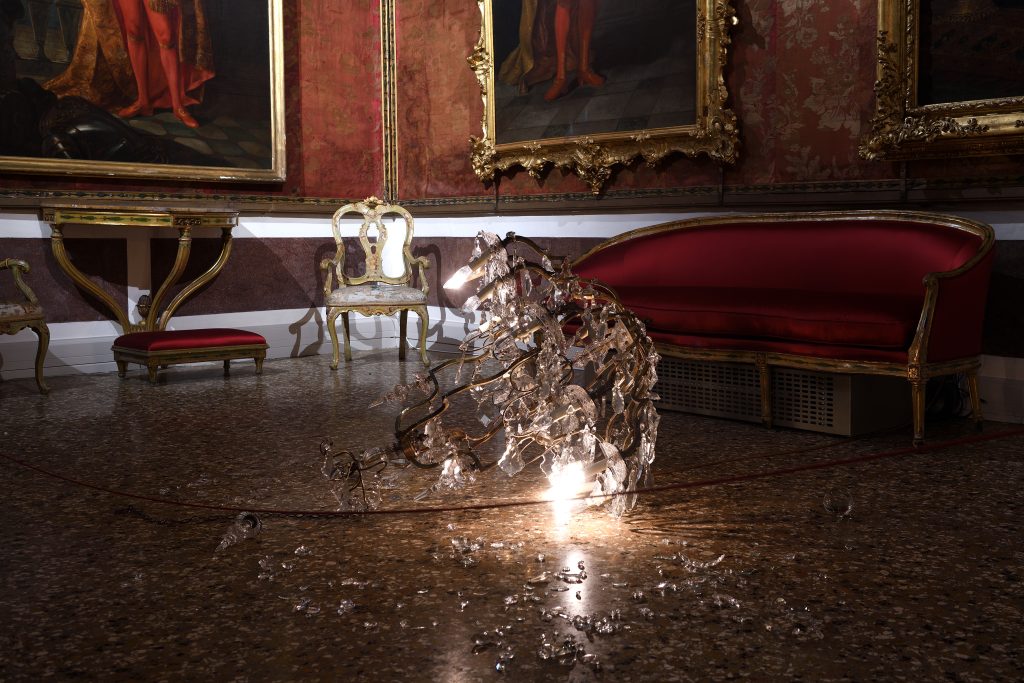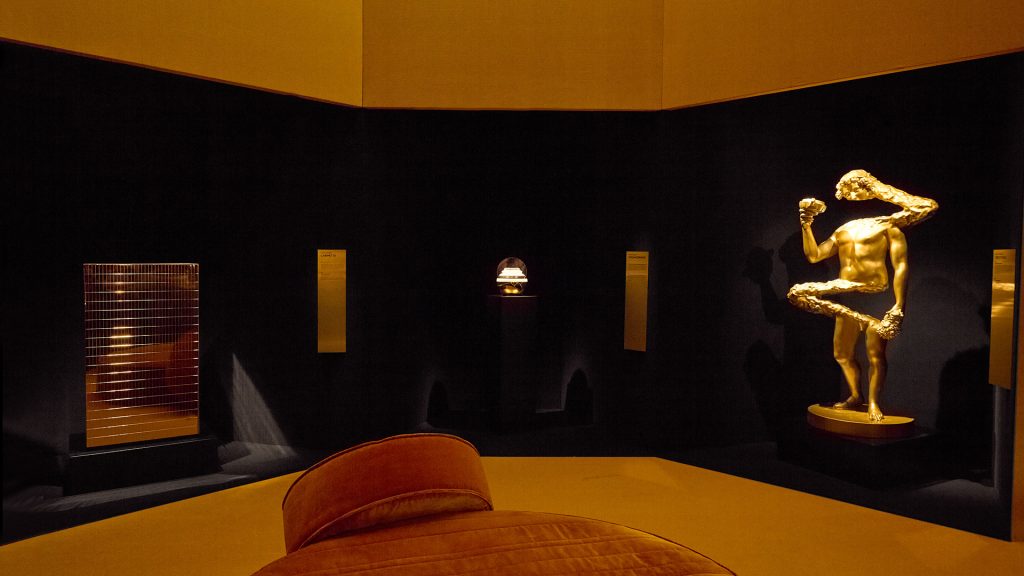Skating to Equality With Artist Jeffrey Cheung
At LA’s New Image Art, two concurrent shows highlight art from the QTPOC community
Artist and skater Jeffrey Cheung is defining a new era for skateboarding, pushing the culture to be more colorful and diverse. As a co-founder of Unity Press & Skateboarding, Cheung is creating a zone to represent and support queer skaters—and he has been thriving at this mission.
Unity is Oakland-based but Cheung and co-founder Gabriel Ramirez have brought their vibe to West Hollywood’s New Image Art, presenting Pave—a group show of queer, trans, and artists of color curated along with Mariel Eplboim of New Image. This exhibit flows into a solo show of Cheung’s works, called Gabriel. The artistic double-feature is a celebration of otherness and inclusivity—in art and in skating. We spoke with Cheung about his artistic, personal and professional motivations—and what it means to be part of skating culture in 2018.

What was your process for creating this body of work? What subjects have been on your mind lately?
My solo show Gabriel is sort of a continuation of the work I’ve been making around celebrating queer sexuality, identity and expression. I think depicting positive representation of queer and trans bodies in art—especially queer and trans black and brown bodies—is important and is something that I would like to see more out there in the world. I think that is partly what made me want to make this type of work to begin with; because I didn’t see too much of it and I wanted to create my own visual imagery and representation. For this series of new work, I also wanted to emphasize community and the support that we give to each other.
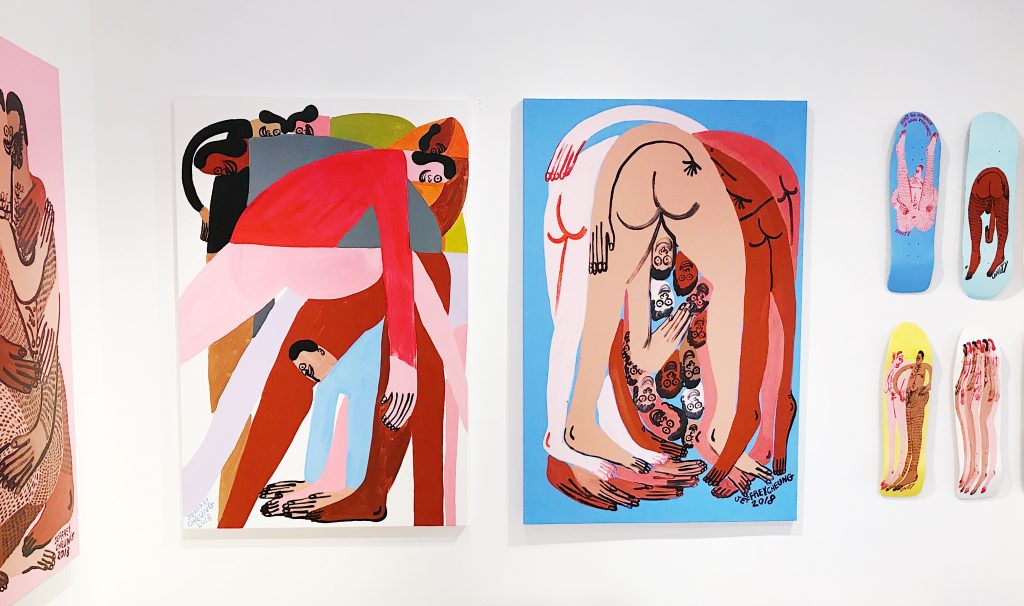
Your practice obviously intertwines queerness, skating and art. How do these different aspects of your life and work influence each other? Do you find that your skating gets “queered” and that your art gets “skated?”
Growing up as a queer person, I was never able to express my queerness through skating and art because I was ashamed about my sexuality and was afraid of friends reacting negatively. Although skating and art were outlets for me, being queer was something that I internalized and kept mostly to myself. It wasn’t until I was a bit older that I started making artwork expressing my queer identity and reconnected with skating only recently when I started to meet other queer people in skating—which is almost two years ago now.
I’m excited about skating more than ever now that I can be openly queer and skate with other queer folks, which is something I never thought would happen when I was younger
I’m excited about skating more than ever now that I can be openly queer and skate with other queer folks, which is something I never thought would happen when I was younger. For me, all of these aspects of my life were somewhat separate passions that have recently come together through Unity. From what started as a way to produce our own projects and be creative, now is a way for us to give back to the community and help others with resources and create space for them whether it is through the skate meet-ups or zine-making workshops. We center our efforts around queer, trans, people of color, and womxn.

With Pave, a diversity of artists and skateboarders are brought together to show an intersection of subjects. What was the process of assembling this group?
Pave is one of the first shows that Gabriel and I have been involved with curating. When New Image approached us about doing a show loosely based on queer skateboarding, we were really excited and thought this would be a great opportunity to spotlight and celebrate many of the voices in our communities. Many of the folks in the show are involved with skating and everyone in the show is either trans, queer and/or a person of color. A lot of them are active in the zine and queer skate communities in the Bay Area, and have come to our queer skate days and printing workshops. The artists come from a range of abilities, experiences and backgrounds—many showing art in a gallery for the first time. We felt it was an important act for these QTPOC (queer, trans, people of color) artists and skaters to take up space in a gallery setting—which can often be dominated by white, cisgender, straight men. We are thankful to Mariel and New Image for letting us have this show and for setting an example for other galleries and spaces to be more inclusive.
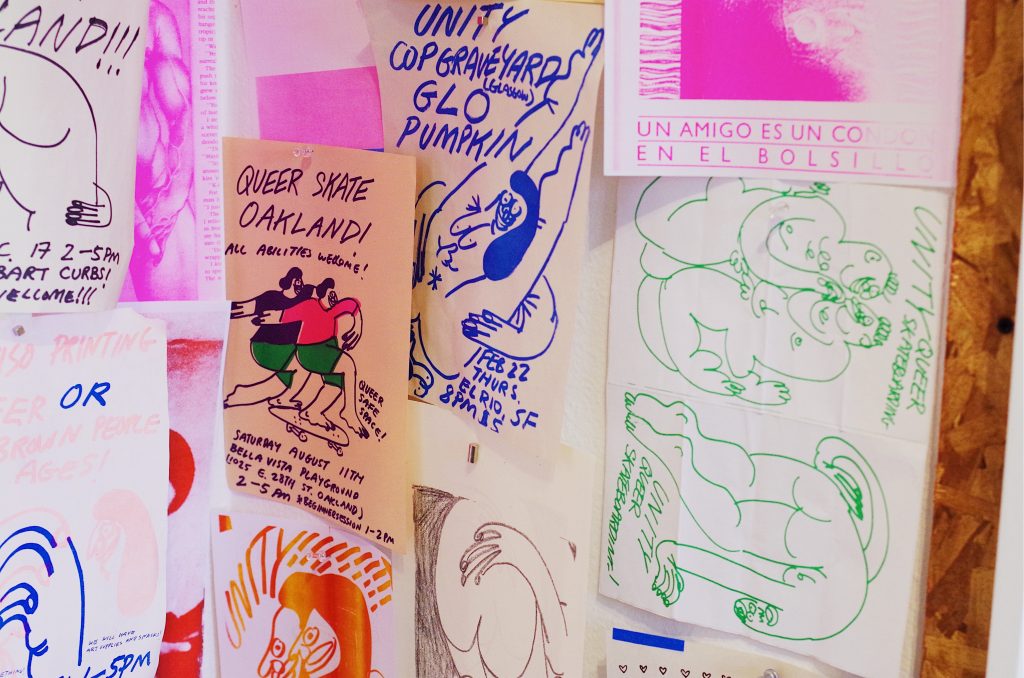
In a culture that’s traditionally tied to the masculine and male, how do you see the skate scene shifting and evolving in the future?
People say that skateboarding is an activity for outsiders and people who were pushed away by societal norms, but skateboarding culture and media is still very heteronormative and full of misogyny, transphobia and homophobia. It’s inspiring and hopeful to see that things are changing now, with more women in skating and a growing new movement of queer skateboarders. We actually have been getting a lot of positive responses and support from people in the skateboarding community, which gives us hope and encouragement that the culture is becoming more inclusive. We hope this extends into other aspects of life past skateboarding and encourages queer, trans, and people of color to take up more space in skateboarding, art, or any other activity.
Gabriel and Pave are on view at New Image Art (7920 Santa Monica Blvd, West Hollywood) now through 22 December.
Images by Kyle Raymond Fitzpatrick










